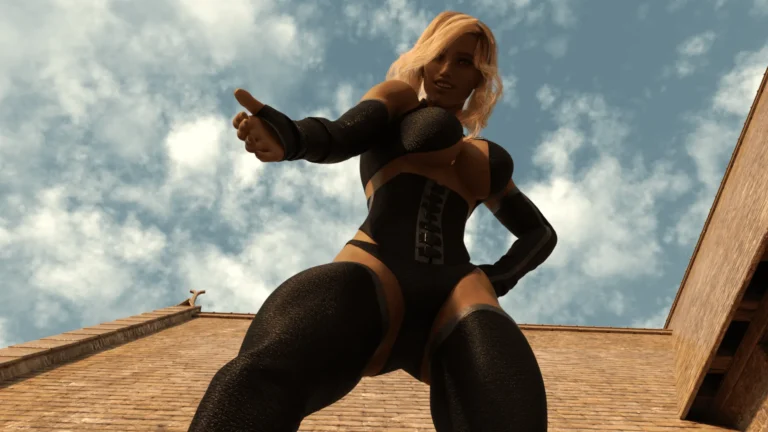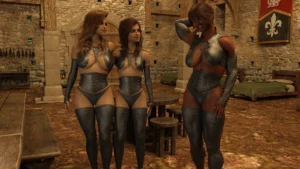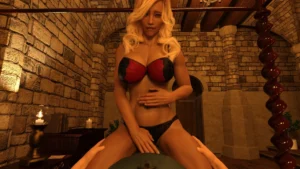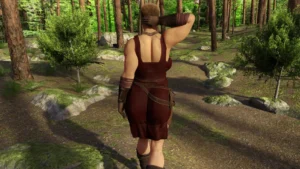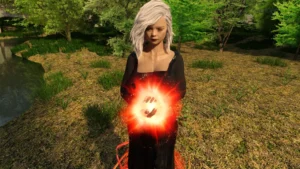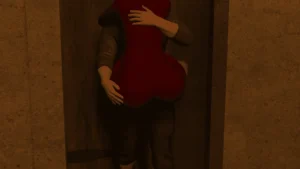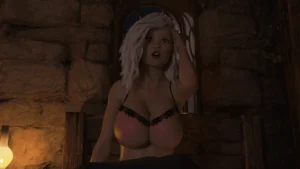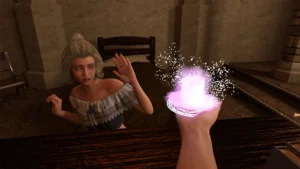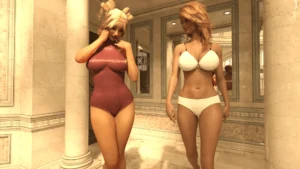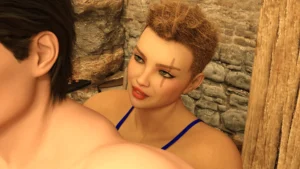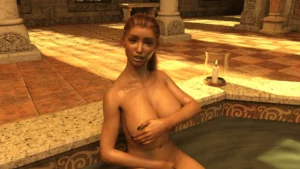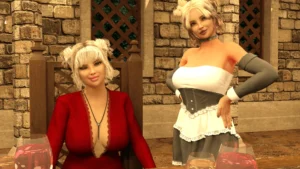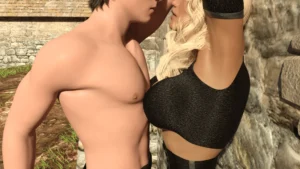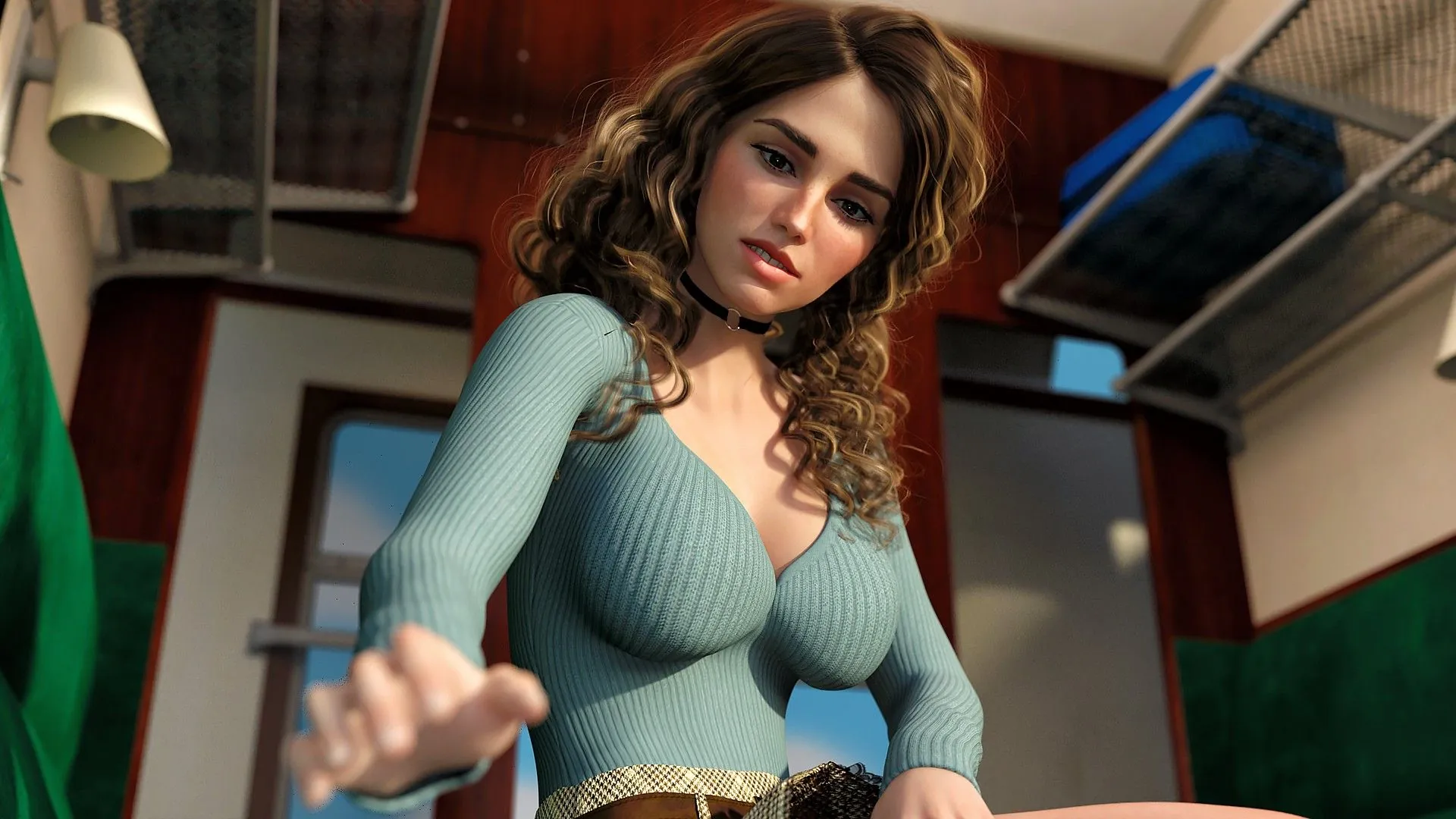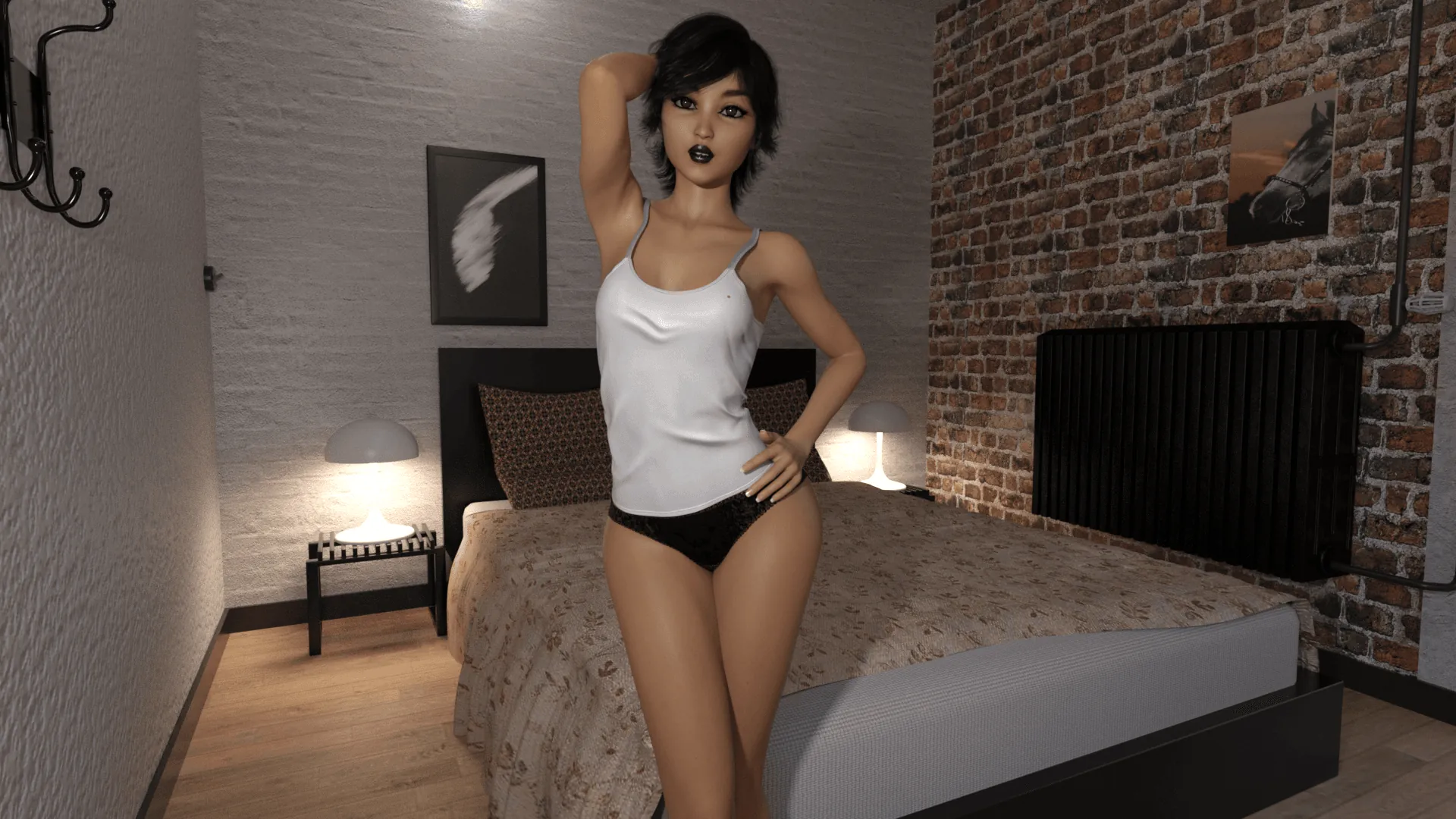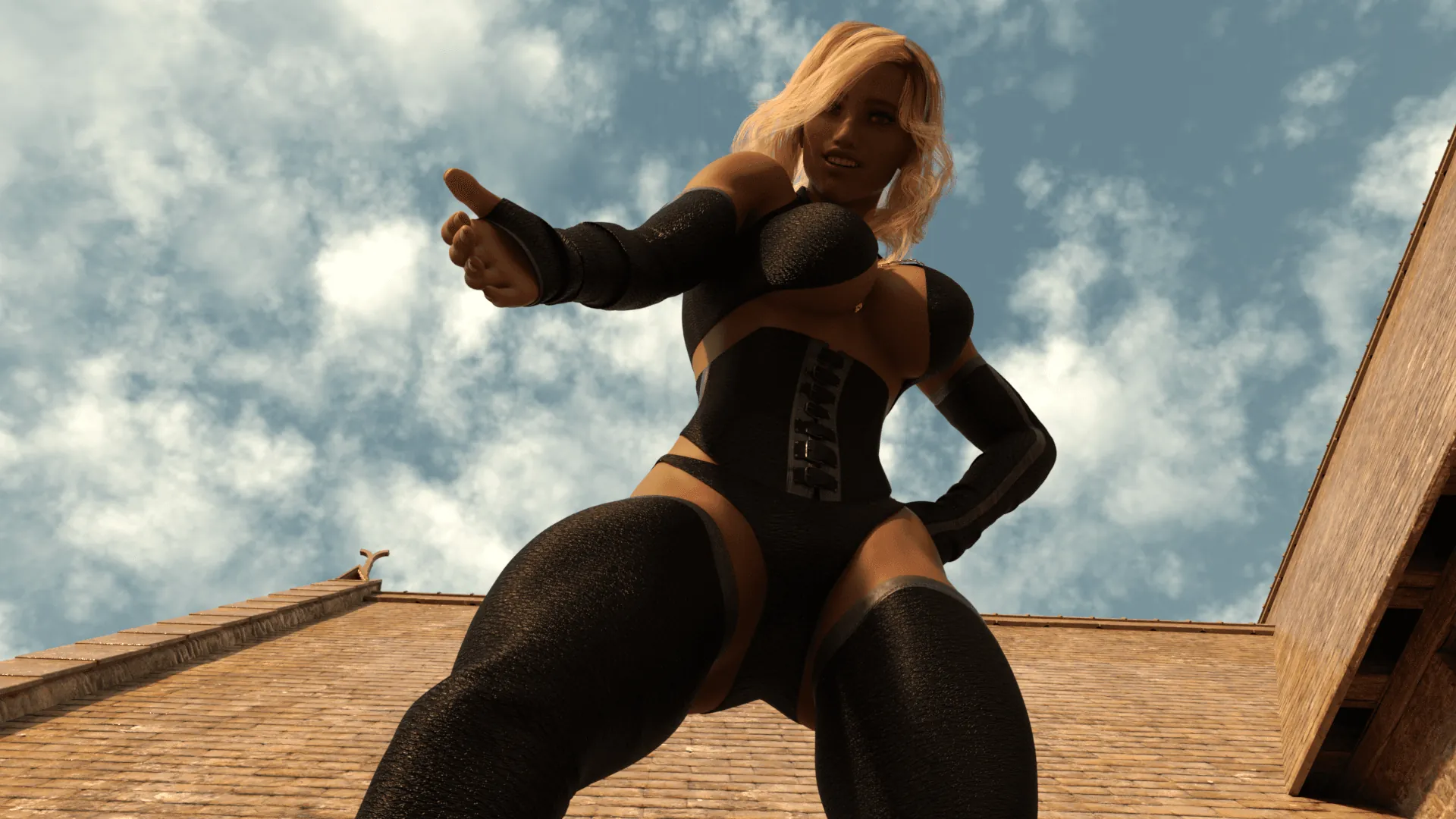
Homelander
Play Homelander
Homelander review
Exploring the Controversial Digital Adaptation of TV’s Most Complex Antihero
As the iconic antagonist from Amazon’s The Boys dominates pop culture, a new interactive experience pushes boundaries with mature themes. This unauthorized digital adaptation reimagines Homelander’s story through provocative gameplay choices, blending psychological drama with player-driven narratives. While not officially endorsed, this fan-created project has sparked intense debate about character interpretation and creative freedom in gaming adaptations.
Development & Creative Vision
Fan-Driven Origin Story Behind the Project
Let’s get one thing straight: nobody sets out to make a Homelander fan game development project expecting it to be easy. 🦸♂️💥 But when a group of die-hard fans—including yours truly—got fed up with actual superhero games feeling as bland as oatmeal, we decided to cook up something spicy. Picture this: three developers, two artists, and a writer who’d binge-watched The Boys six times, crammed into a Discord server at 2 AM, arguing about how to turn TV’s most unhinged antihero into a playable experience. That’s how this madness began.
The idea sparked during a late-night rant about how most superhero games let you play as the “good guy.” “What if we made a game where you’re the problem?” someone typed. Cue the chaotic brainstorming. We wanted players to feel Homelander’s god complex, his fragile ego, and that creepy smile that says, “I might laser you just for fun.” But here’s the kicker: we weren’t getting paid. This was pure passion—and maybe a dash of sleep deprivation.
Over 18 months, the team ballooned to 12 part-time contributors. We scraped together $3k from Patreon, used free engines like Godot, and borrowed voice actors from indie theater groups. The goal? Create an unofficial character adaptation that respected the source material without getting sued into oblivion. Spoiler: it worked.
Adapting Complex Morality into Game Mechanics
Homelander isn’t just a villain—he’s a walking identity crisis wrapped in a cape. 😈✨ Translating that into adult game mechanics design meant ditching traditional “good vs. evil” systems. Instead, we built a “public perception” meter that tracks how the world sees you versus your real actions. Save a baby from a burning building? +5 “Hero Points.” Accidentally melt a bystander’s face mid-rescue? +10 “Fear Points.” The trick? Letting players enjoy the chaos while facing consequences that creep in slowly, like a bad hangover.
The real magic lies in interactive narrative choices. Imagine a dialogue tree where picking “smile reassuringly” could either calm a crowd or trigger a massacre, depending on your hidden stress level. One playtester told us, “It’s like playing Jenga with your morals—everything’s fine until it’s very, very not.”
| TV Trait | Game Mechanic |
|---|---|
| Narcissism | “Ego Bar” that drains during failures, triggering rage abilities |
| Mommy Issues | Flashback sequences impacting decision timers |
| Power Addiction | Resource system where overusing powers risks public exposure |
We mapped every twisted trait from the show onto gameplay systems. For example, Homelander’s need for control became a “compliance” minigame where intimidating allies boosts short-term stats but tanks long-term loyalty. It’s messy, uncomfortable, and exactly what fans wanted.
Legal Challenges with Unofficial Character Use
Let’s not sugarcoat it: making an unofficial character adaptation of a corporate-owned icon is like juggling lit dynamite. 💣⚖️ Early on, we got a cease-and-desist email that basically said, “Stop. Or else.” Our response? A strategic pivot. We tweaked Homelander’s costume (goodbye, eagle logo!), renamed him “Patriot Prime,” and leaned hard into parody law protections.
Pro tip: If you’re dancing close to copyright avoidance strategies, make your game a commentary on the source material. We added satire about celebrity culture and hero worship—which not only kept lawyers at bay but deepened the story.
Here’s how we stayed under the radar:
– No direct assets: All art was original, even if “inspired”
– Altered backstory: Gave our antihero a fictional corporate overlord (cough Vought cough)
– Community disclaimers: Every trailer included “This is a fan project, not endorsed by…”
It wasn’t perfect. We still had to nuke 30% of our script after a second legal scare. But the final product? A razor-sharp balance of fan service and creative loopholes.
So, was it worth it? Ask the 500K players who’ve downloaded the game since launch. Or better yet, try it yourself—just don’t blame us if you start side-eyeing every superhero you meet. 😉
This controversial adaptation demonstrates the challenges of translating complex antiheroes into interactive formats. While pushing creative boundaries, it raises important questions about intellectual property in fan creations. As the debate continues, the project serves as a case study for mature storytelling in gaming. Explore the ongoing discussion through verified community channels while respecting content guidelines.
